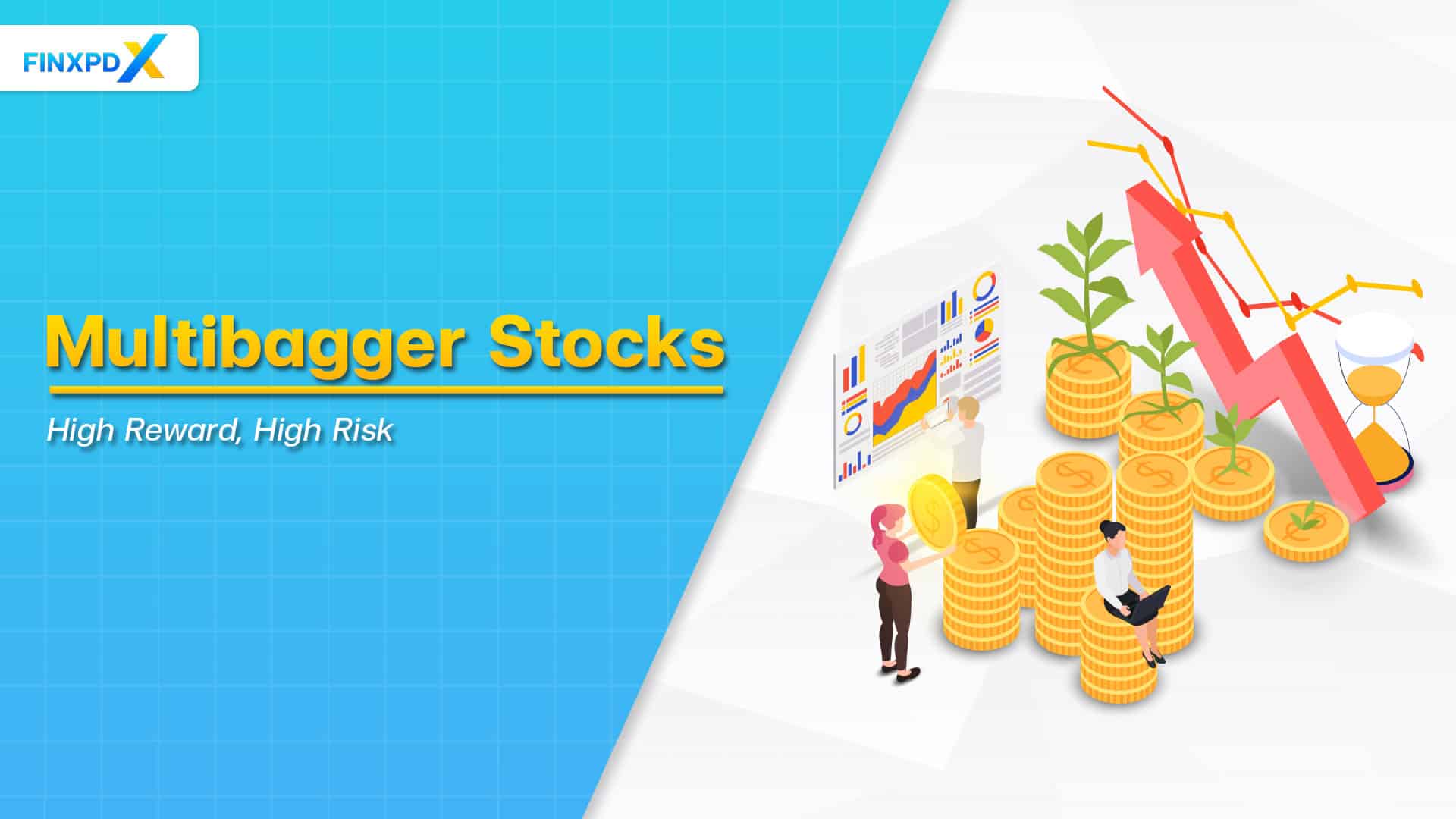The world of finance is a maze of assets, securities, and financial instruments, each with its own set of rules, risks, and rewards. Among these, derivatives stand out as complex and versatile. It is incredibly powerful for hedging risks and optimizing returns.
This comprehensive guide aims to explain what are derivatives, breaking down their features, types of derivatives, and advantages.
What Are Derivatives?
Derivatives are financial tools that get their value from a base asset, index, or security. These are agreements made between two or more entities. They outline terms like dates. The final value of the base variables is also specified. The amounts to be exchanged are determined.
Unlike independent assets, the value of derivatives is linked to the changes in the assets, indexes, or securities they’re based on. They serve various purposes, such as risk management, investment speculation, or facilitating trade in hard-to-reach markets.
Key Takeaways
- Derivatives are financial contracts focused on hedging and speculation.
- The derivatives market involves contracts offering higher leverage, not ownership stakes.
- The 6 types of derivatives in finance are futures contracts, options contracts, swaps, forward contracts, credit derivatives, and exotic derivatives.
6 Types of Derivatives
The derivatives market is a diverse landscape, offering a variety of instruments that cater to different financial needs and strategies. Here are 6 types of derivatives in finance.
1. Futures Contracts
These are standardized agreements that are traded on formal exchanges. They obligate the buyer to purchase and the seller to sell a specific asset at a predetermined price on a specified future date.
Key Features
- Corporate Usage – Corporations turn to futures contracts to secure prices for essential raw materials like oil, grains, or metals.
- Price Speculation – Traders and investors employ futures to anticipate future price movements, aiming to capitalize on fluctuations.
- Liquidity Advantages – The standardization and exchange trading of futures enhance liquidity, simplifying entry and exit for participants.
2. Options Contracts
Options contracts offer greater flexibility compared to futures. They grant the holder the right. However, there is no obligation. This right pertains to buying or selling an asset. The transaction is based on a predetermined price. All of this must occur within a specific time frame.
Key Features
- Investment Suitability – Options contracts are suitable for various strategies, from risk-averse hedging to aggressive speculative plays.
- Exercise Cost – The right-to-exercise option contracts come with a cost, known as the premium, paid upfront.
- Option Varieties – Options contracts are available in two main flavors; ‘call options’ give the right to buy, and ‘put options’ grant the right to sell the underlying asset.
3. Swaps
Swaps represent a type of financial agreement. Their primary function is to facilitate the exchange of one set of financial terms or cash flows for another. Interestingly, during this process, the ownership of the underlying asset isn’t transferred.
Key Features
- Rate Swap Popularity – Interest rate swaps are prevalent, enabling parties to switch between fixed and variable interest rates.
- Currency Swap Usage – Currency swaps serve as a tool to mitigate the risk of adverse currency movements.
- Contract Nature – These are typically over-the-counter (OTC) contracts, designed for high customization to cater to the specific needs of the contracting parties.
4. Forward Contracts
Forwards contracts are similar to futures but are not standardized or traded on exchanges. This makes them highly customizable to the specific needs of the buyer and seller.
Key Features
- Trade Utilization – Forward contracts are often used in international trade to hedge against adverse currency movements.
- Risk Characteristics – The lack of standardization and exchange trading introduces higher counterparty risk compared to futures.
5. Credit Derivatives
These specialized instruments are designed to transfer credit risk from one party to another.
Key Features
- Swap Popularity – Credit default swaps are the most popular type, acting as a form of insurance against the default of a borrower.
- Institutional Usage – Financial institutions often use these to manage and diversify their credit risk exposure.
- Market Indicator Role – They can also serve as market indicators, providing insights into the perceived credit risk across different sectors or markets.
6. Exotic Derivatives
Exotic derivatives are complex instruments with features that are more complicated than standard options or futures. These can include anything from weather derivatives to binary options.
Key Features
- Specialized Features – They can include a variety of unique features, such as knock-in or knock-out barriers, making them highly specialized.
- Specific Needs Catering – These types cater to very specific hedging or speculative requirements that standard derivatives can’t address.
- Complexity Implications – Due to their complexity, they often come with higher costs and risks, making them suitable for sophisticated investors.
5 Advantages of Derivatives
Derivatives come with a multitude of benefits. Here are the top 5 most impactful advantages:
1. Risk Management
Risk management stands out as the most crucial advantage of derivatives. They offer a method to hedge against diverse financial risks. These risks can range from market volatility to currency fluctuations and even changes in interest rates. For both investors and businesses, they act as a valuable safety net.
2. Cost Efficiency
Cost efficiency is another compelling benefit. When you dive into the financial details, it’s clear that derivatives usually require a smaller initial investment. This stands out, especially when compared to the costs of buying the actual asset directly.
3. Liquidity
Liquidity is a key advantage, especially in volatile markets. Derivatives often allow for quick entry and exit, providing a level of flexibility that can be crucial for risk management and profit maximization.
4. Speculative Opportunities
Speculative opportunities are abundant in the derivatives market. These instruments enable investors to bet on future price movements, offering the potential for high returns.
5. Strategic Alternatives
Strategic alternatives offer a range of options for meeting investment objectives. The versatility of derivatives offers a range of unique payoff structures. This provides investors with multiple pathways to reach their financial objectives.
How to Choose the Right Types of Derivatives
Navigating in this market can be a daunting task. However, choosing the right type of derivative doesn’t have to be complicated. Here is a guide on how to choose the right derivative.
1. Clarifying Financial Goals
The first thing to do is pinpoint your financial objectives. Whether you’re looking to hedge against risks or speculate on future asset prices, these goals will guide your choice of the appropriate derivative.
2. Evaluating Risk Tolerance
Derivatives come with different levels of risk. It’s crucial to select one that aligns with your comfort level when it comes to taking risks. For example, futures are generally more volatile compared to options.
3. Understanding the Underlying Asset
It’s important to become familiar with the asset that the derivative represents. This could be a commodity, a currency, or even a stock. Understanding its market conditions and potential future behavior is vital.
4. Considering Liquidity Needs
Focus on derivatives traded on exchanges if you require the ability to quickly enter or exit positions, as these usually offer better liquidity.
5. Assessing Cost Considerations
Don’t overlook the costs associated with the derivative. This includes not just the initial investment but also any ongoing fees, maintenance margins, or other charges.
6. Seeking Professional Advice
For a more customized strategy, consider consulting a financial advisor. They can provide specialized insights into the intricacies of various derivatives. Understanding these can help determine how they integrate into your broader financial plan.
⚠️Tip: Be cautious of low liquidity in some exotic derivatives. It may make the exit point challenging.
Conclusion
In the world of finance, derivatives stand as both versatile and complex instruments, offering a range of features that make them necessary for various financial strategies, from risk management and cost efficiency to liquidity and speculative opportunities.
However, choosing the right types of derivatives, guided by a clear understanding of your financial goals, risk tolerance, and specific needs, is key to unlocking these benefits.
FAQs
Derivatives are financial contracts whose value is derived from an underlying asset, index, or security. They are used for hedging risks, speculation, and gaining access to otherwise hard-to-trade assets or markets.
Derivatives can be broadly categorized into 6 main types: futures contracts, options contracts, swaps, forward contracts, credit derivatives, and exotic derivatives.
The two most common types of derivatives in finance are futures contracts and options contracts.
The difference is that stocks represent ownership in a company, and derivatives are contracts. They’re used for hedging and speculation, often with higher leverage.
Related Articles:
- YOY(Year-Over-Year): An Important Method for Investors
- IPO Stock Trading: A Better Choice for Investment
- 5 Best Penny Stocks to Buy Now in 2023
Read more: Stocks








